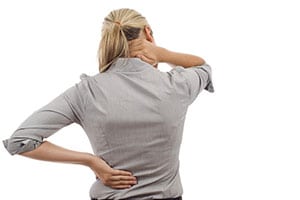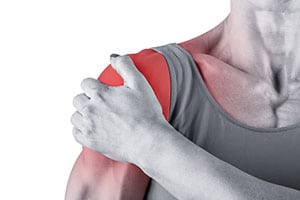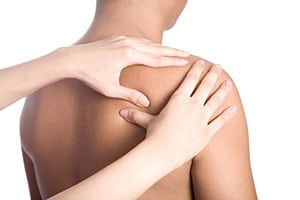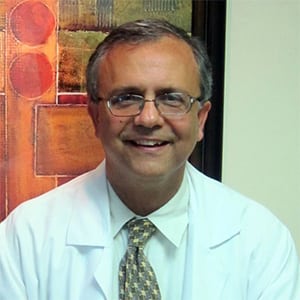Shoulder Arthroscopy
 Your shoulder is a large joint that consists of a ball and socket called a glenoid. Three bones come together at this joint, including the humerus, scapula, and clavicle. This joint is able to rotate in a full circle, move up and down, and extend inward and outward. A strong ring of cartilage called the labrum encircles the joint. A loss of cartilage, wear and tear, arthritis, injuries, and inflammation can all cause problems in the shoulder. Arthroscopy of the shoulder is sometimes performed in order to inspect, diagnose and treat these issues.
Your shoulder is a large joint that consists of a ball and socket called a glenoid. Three bones come together at this joint, including the humerus, scapula, and clavicle. This joint is able to rotate in a full circle, move up and down, and extend inward and outward. A strong ring of cartilage called the labrum encircles the joint. A loss of cartilage, wear and tear, arthritis, injuries, and inflammation can all cause problems in the shoulder. Arthroscopy of the shoulder is sometimes performed in order to inspect, diagnose and treat these issues.
Candidates for Shoulder Arthroscopy
You might need to have shoulder arthroscopy performed if X-rays or a CT scan have not identified the cause of your shoulder pain. Even if the surgeon knows the cause of your painful shoulder, the procedure may be recommended for treating your shoulder problem. In many cases, the doctor is able to combine both the diagnostic process and the treatment process into a single arthroscopic procedure.
How Arthroscopy of the Shoulder is Performed
 When you are having arthroscopy of the shoulder, regional or general anesthesia is provided by the surgical team. The doctor inserts the arthroscope into your shoulder after making a small incision. The arthroscope transmits images to a screen in the operating room. The surgeon moves the arthroscope around to see all of the tissues that make up your shoulder joint and the surrounding area. Your ligaments, tendons, cartilage, and bones will all be examined. The surgeon then repairs any damage. One to three additional small incisions may be needed for the surgical repairs. Any damaged tissue in your shoulder joint is removed.
When you are having arthroscopy of the shoulder, regional or general anesthesia is provided by the surgical team. The doctor inserts the arthroscope into your shoulder after making a small incision. The arthroscope transmits images to a screen in the operating room. The surgeon moves the arthroscope around to see all of the tissues that make up your shoulder joint and the surrounding area. Your ligaments, tendons, cartilage, and bones will all be examined. The surgeon then repairs any damage. One to three additional small incisions may be needed for the surgical repairs. Any damaged tissue in your shoulder joint is removed.
Conditions Diagnosed and Helped by Shoulder Arthroscopy
Orthopedic surgeons can diagnose and treat many problems with shoulder arthroscopy. Torn or damaged cartilage and ligaments are commonly identified and repaired with this procedure. Tears of the rotator cuff, biceps tendon, or ligaments are also treated this way. The procedure is also used to identify rheumatoid and osteoarthritis, bone spurs, and shoulder impingement syndrome.
What to Expect After the Procedure
 After shoulder arthroscopy, the doctor will give you a sling to support your arm. You will use the sling for one to three weeks for stability. Rest, ice, compression, and elevation will help your shoulder to heal. These actions also reduce swelling and pain, and you can use pillows to help prop your arm and shoulder up in a comfortable position. You may need physical therapy in order to restore your full range of motion in the shoulder joint and to learn proper posture and techniques for exercise so that you do not have a recurrence of the injury or problem that caused your pain. Your return to physical activities and work will depend on the extent of damage to your tendons, ligaments, cartilage, and bones.
After shoulder arthroscopy, the doctor will give you a sling to support your arm. You will use the sling for one to three weeks for stability. Rest, ice, compression, and elevation will help your shoulder to heal. These actions also reduce swelling and pain, and you can use pillows to help prop your arm and shoulder up in a comfortable position. You may need physical therapy in order to restore your full range of motion in the shoulder joint and to learn proper posture and techniques for exercise so that you do not have a recurrence of the injury or problem that caused your pain. Your return to physical activities and work will depend on the extent of damage to your tendons, ligaments, cartilage, and bones.

